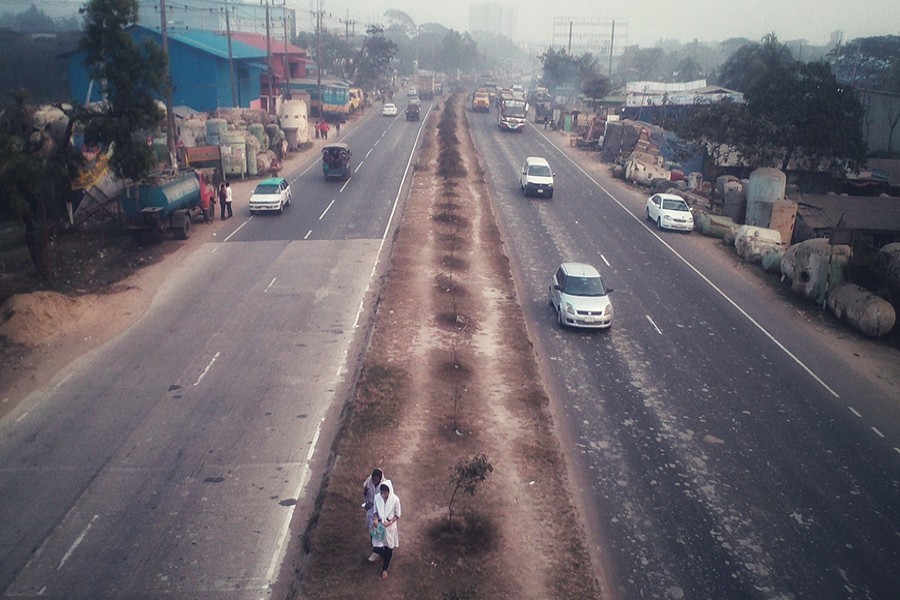Amid the wholesale chaos in road traffic management all over the country, the sickening part is the neglect to rules by none other than those who are to enforce them. While slack, even flawed management is mostly responsible for traffic mayhem on vehicle-choked city roads, lack of enforcement of rules on highways, often ordained by the country's highest court, has rendered traffic control, if anything, a spoilsport, routinely demanding lives from fatal accidents.
The reasons for deaths on highways are aplenty -- most of which are attributable to lack of enforcement by the authorities concerned. However, there are certain basic codes of conduct which, too, are not followed. One of them is the unathorised plying of motorised and non-motorised three wheelers and some other local varieties of slow moving transports on highways. Although there is a ban on the movement of these vehicles on 22 national highways as per a High Court directive way back in 2015, flouting of the directive across the country is quite rampant. In fact, leniency in allowing banned vehicles on highways by the highway police is inexplicable and needs to be gone into. It is extremely difficult to fathom how the directive of the highest court -- that too meant for enforcement by the police in categorical terms -- has gone down the drains! From media reports, one may recall that soon after the announcement of ban, highways were kept free from the banned transports for a brief period -- a month or so, and as an immediate fallout the number of accidents declined considerably.
Clearly, the High Court's directive came in the wake of an increasing number of deaths on highways, and it was the three wheelers which accounted for a sizeable share. According to Accident Research Institute, the Bangladesh University of Engineering and Technology, around 15 to 17 per cent road accidents involved these vehicles and they contribute 20 to 25 per cent to the fatality rates. A report prepared by the Passenger Welfare Association of Bangladesh shows that during the last Eid-u-Azha holidays 224 people were killed and 866 injured in 203 road accidents in which three-wheelers and other banned transports accounted for nearly 24 per cent of the accidents.
Road safety experts, activists and the media allege that the ban did not become effective due to the culture of extortion by political elements and police, lack of requisite facilities on highways, faulty designs of highways and indifference of passengers. Experts had suggested that in places where possible, the authorities could arrange for plying of three wheelers and other slow moving vehicles by constructing side roads for small stretches. But that did not happen. Recent reports say with the widening of some of the major highways, the number of banned vehicles on these highways has increased manifold and with it the threats of accidents and fatalities. Given the state of affairs, sensible citizens have no choice but to expect the law enforcers to prevail on the situation for the sake of saving human lives.


